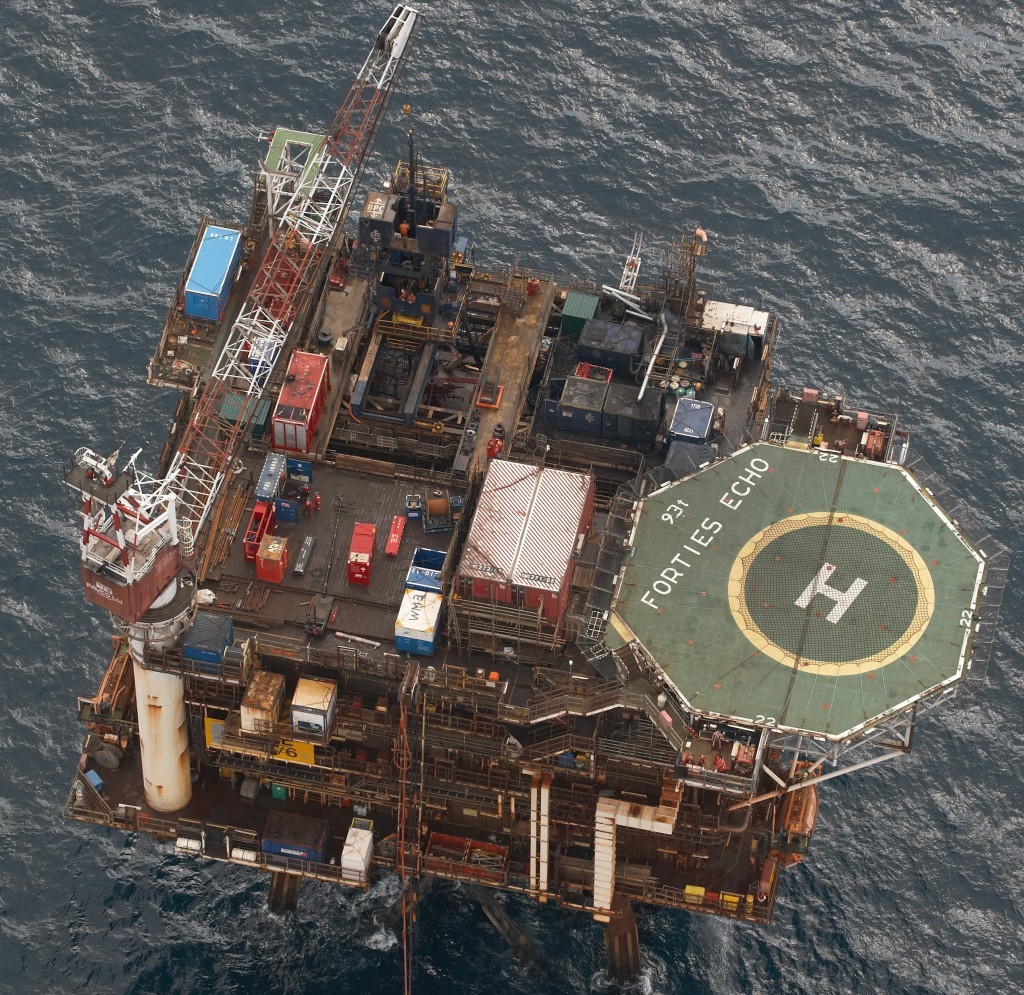
Growth in the economy of the north-east is set to hit reverse as the effects of the plummeting price of oil and gas is starting to “bite”, economists have warned.
The region has demonstrated “remarkable resilience” in the face of the oil price crash until recently, according to analysts at big four accountancy firm EY.
Employment is still expected to have risen 1.7% this year, second highest in the UK after London.
However, steadily rising unemployment since June and the full impact of the downturn in oil and gas means the employment growth rate for Aberdeen is predicted to slump to 0.1% over the next three years with knock-on effects to the wider economy, EY’s Scottish Item Club said.
During the same period up to 2018, EY expects the utilities, extraction and agriculture sector to also experience a 3.8% drop in annual employment.
But the fastest growing administrative and support services sector is expected to pick up at least some of the slack, while construction is also set to benefit, EY said.
The proposed £3billion Aberdeen and Shire City Region deal – with its emphasis on investment in infrastructure and economic diversification is also an “exciting opportunity” for areas involved to “sculpt their future”, EY added.
Derek Leith, UK head of oil and gas taxation at EY and managing partner for Aberdeen, said: “While the employment growth rate for 2015 is relatively high the reality is that the extent of jobs losses from the oil and gas industry is starting to bite.”
The construction industry will benefit by not having to compete with the “over-inflated wages” of the oil and gas industry,” he said.
“One of the leading areas for employment growth in the city over the next three years will be construction which has always struggled to recruit skilled staff when the oil and gas sector has been performing well.”
However, the report has found the wider Scottish economy is over-reliant on the construction sector, which has largely been fed by major public construction projects like the Forth Crossing, Edinburgh-Glasgow Improvement Programme and motorway upgrades.
Construction contributed 40% of GDP growth in last two years despite accounting for just 6% of the Scottish economy – creating a “lopsided growth” trend, it said.
Scottish growth has been revised down from 2.2% to 1.9% for 2015 and 1.8% in 2016 – compared with UK growth of 2.5% and 2.4% in 2015 and 2016.
Dougie Adams, senior economic advisor to the EY Scottish ITEM Club, said: “Although Scotland has been impacted by the effects of lower oil prices on North Sea-related activity, weak growth in private services is a major cause of this year’s shortfall in comparison to UK growth.
“The private services sectors expected growth of 1.3% in Scotland is well below trend and compares with growth of well over 3% in the UK.”
He described 14.6% growth in construction as “impressive” but potentially unsustainable.
He said: “What happens when the major projects come to an end and will these improvements to Scotland’s infrastructure drive up productivity in the longer-term?
“With construction output expected to pull back to just 3% in 2016, this means the forecast of continuing GDP growth requires a return to form in key areas such as professional and administrative services where growth is forecast to return to trend of about 4% in 2016.
“Other sectors expected to grow by more than 2% include transport and communication, real estate, retail, accommodation and food.”
Recommended for you
